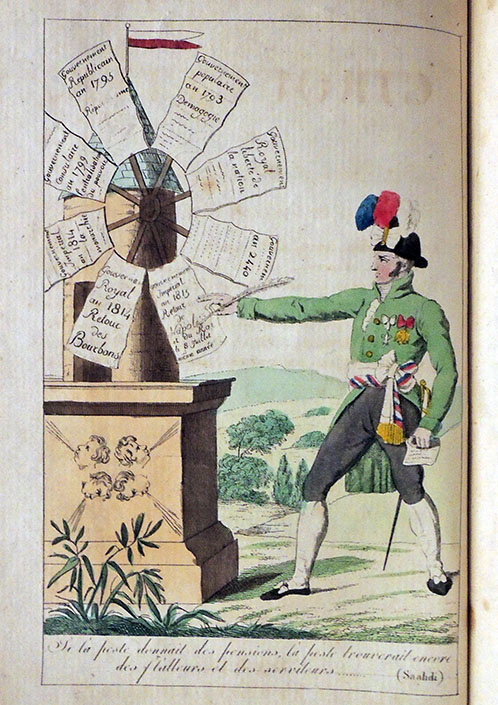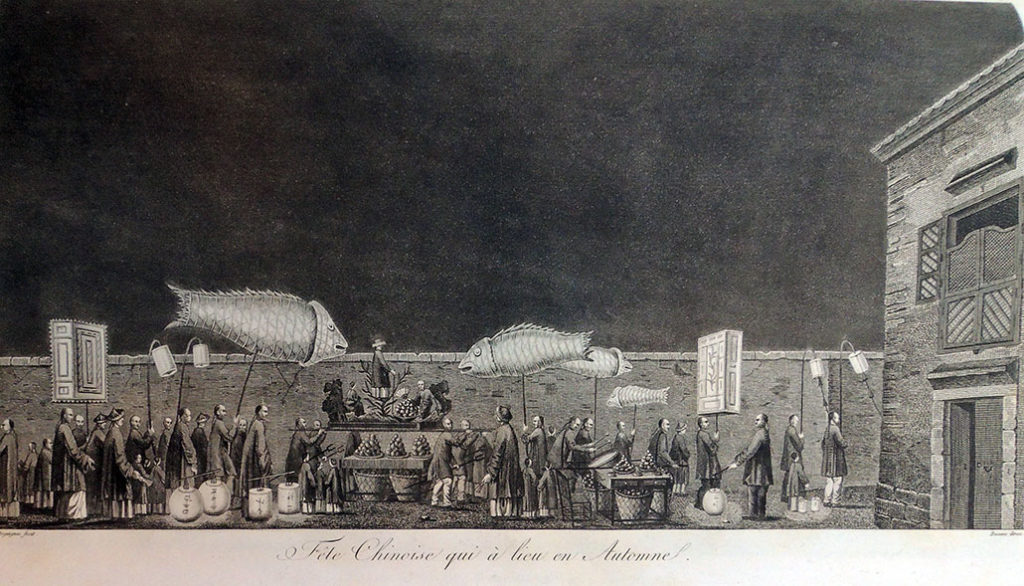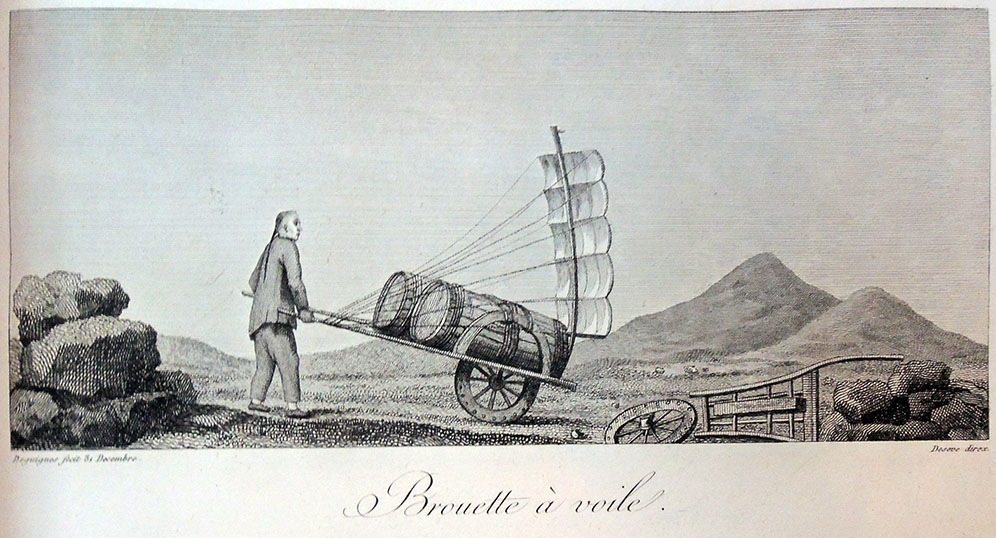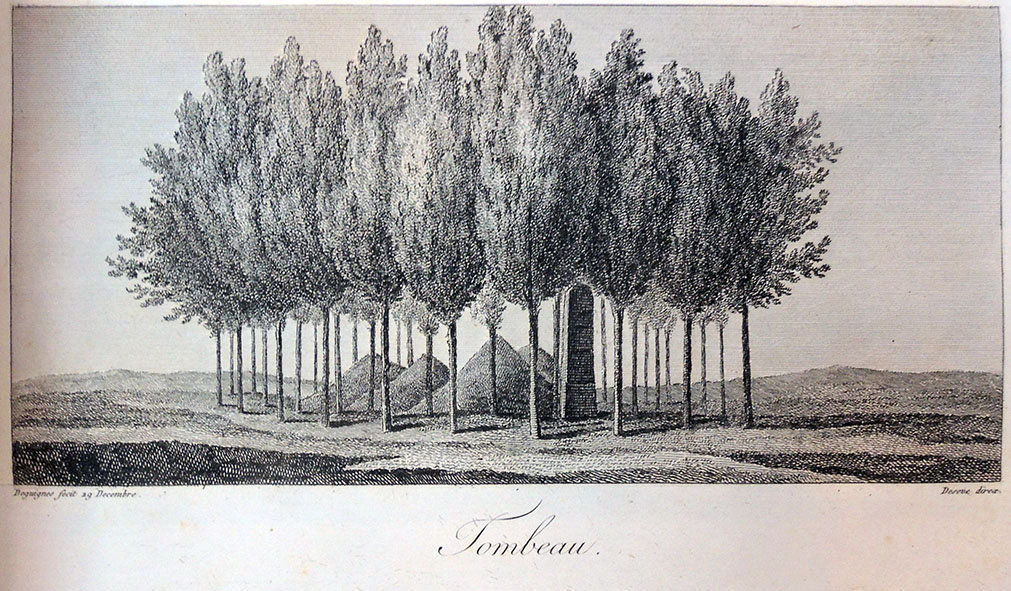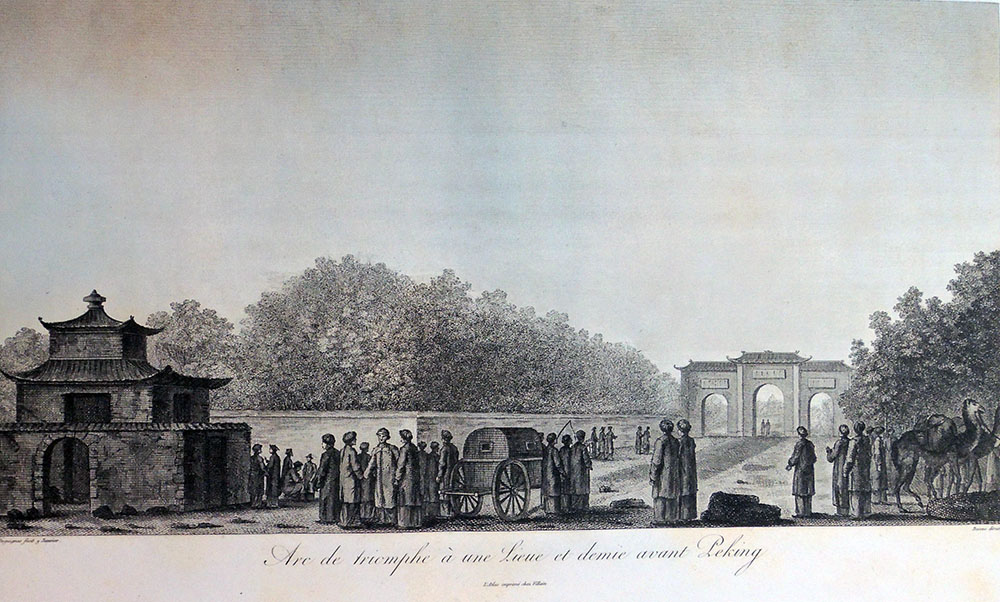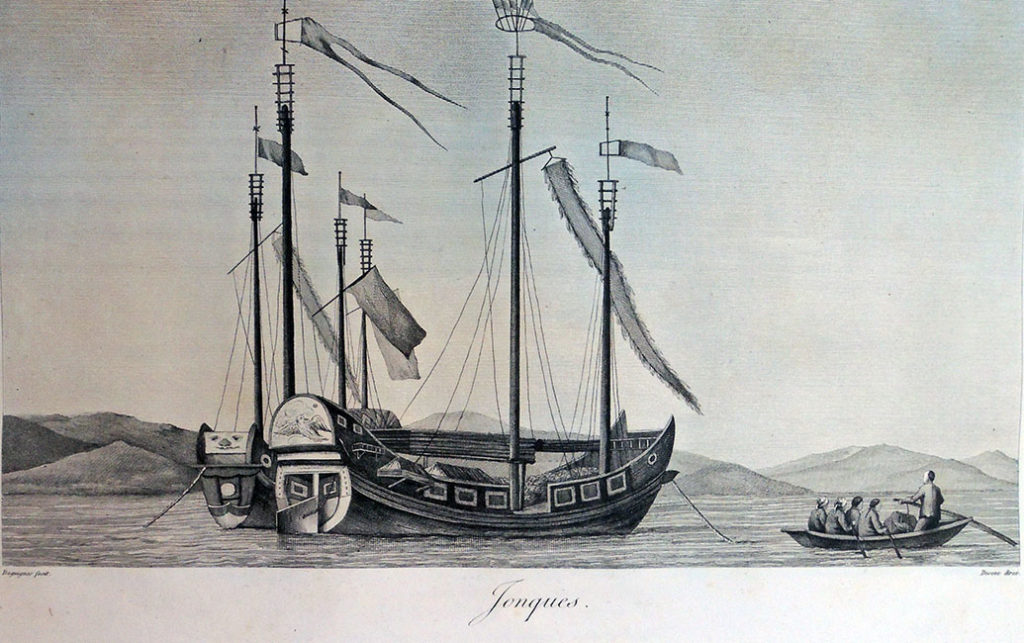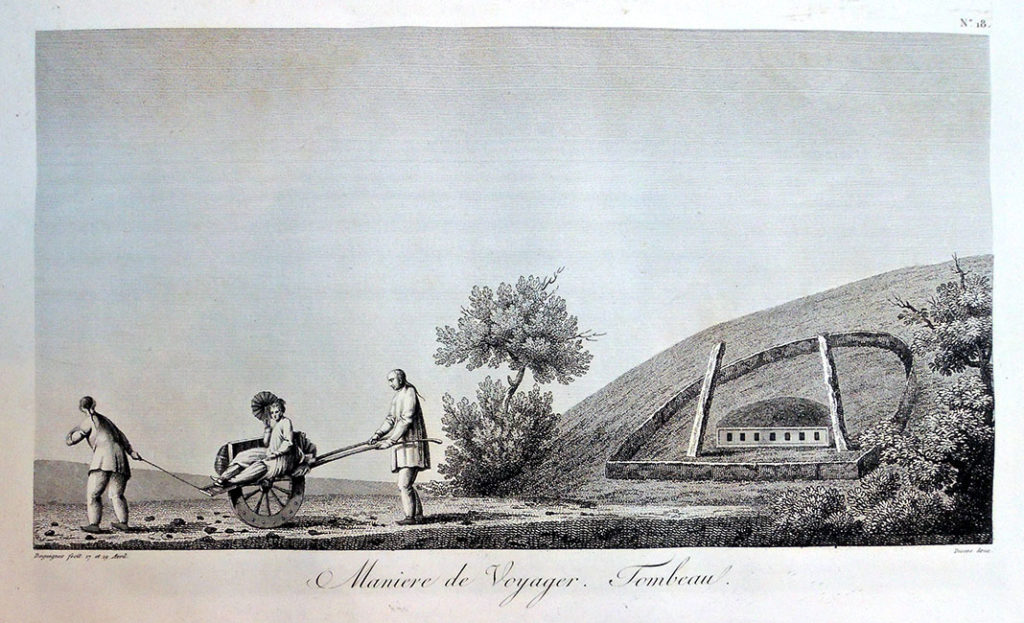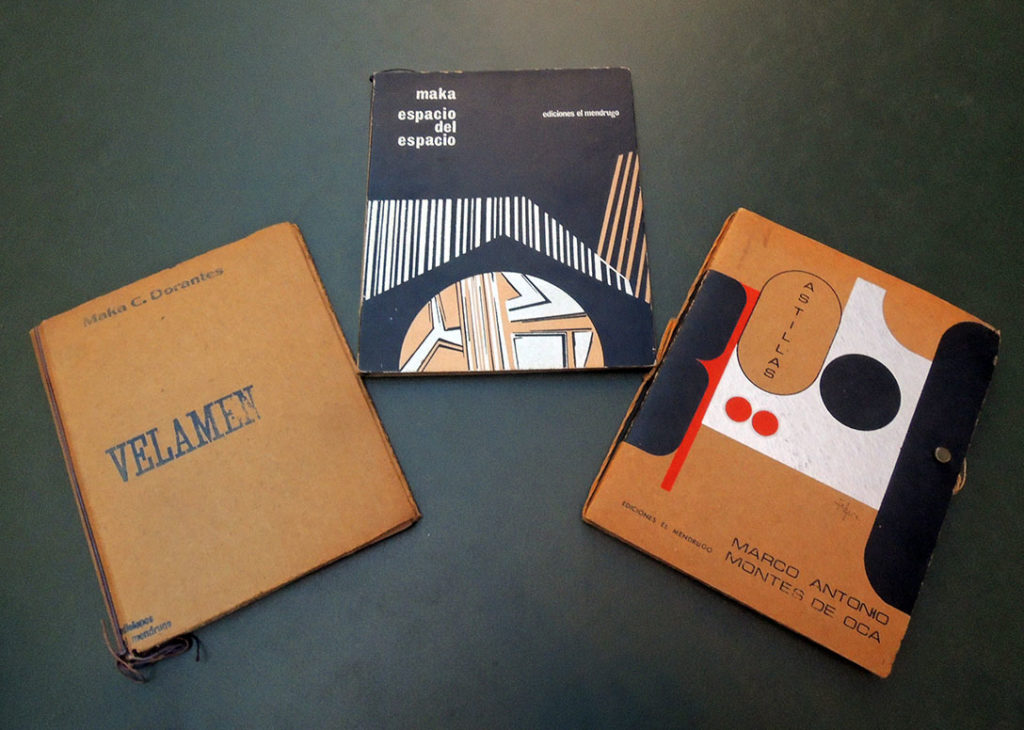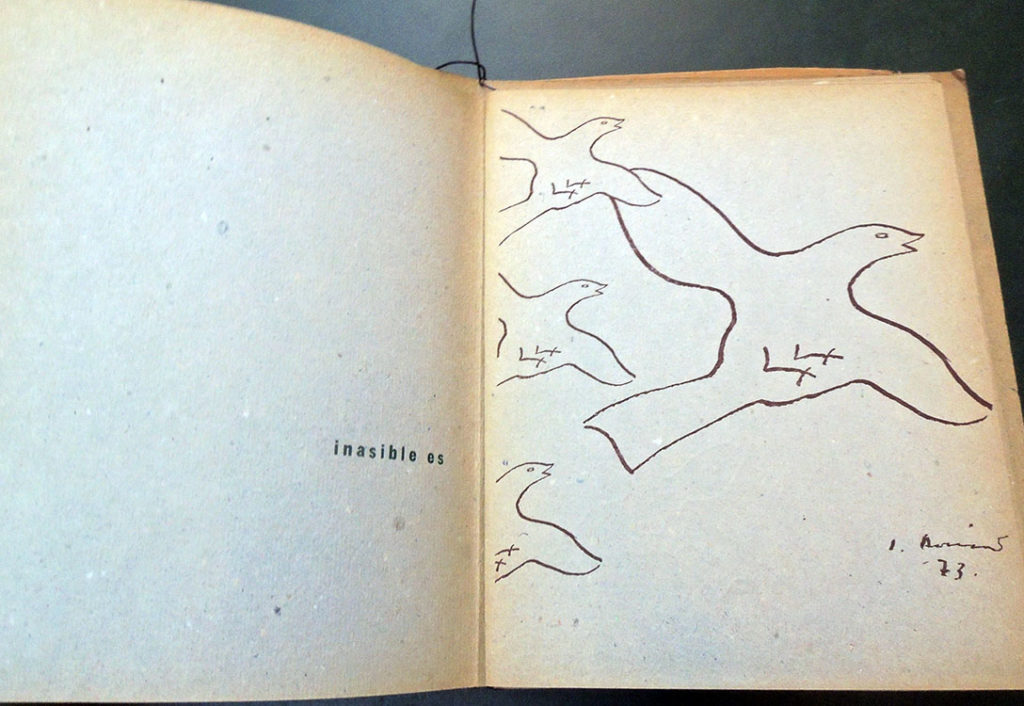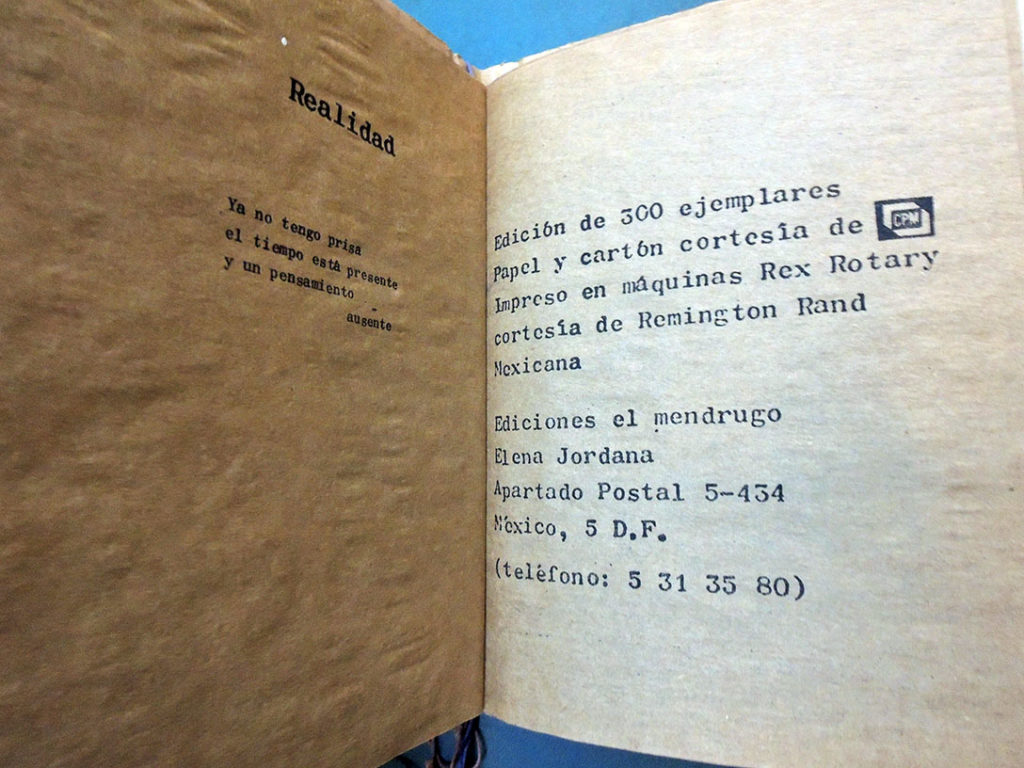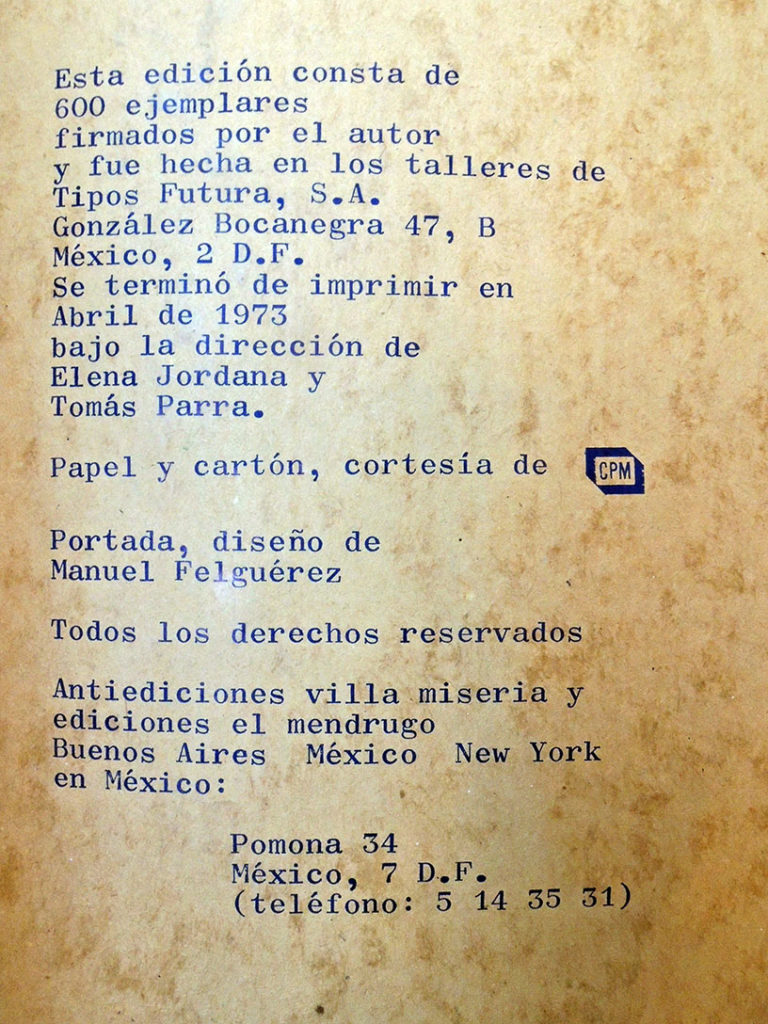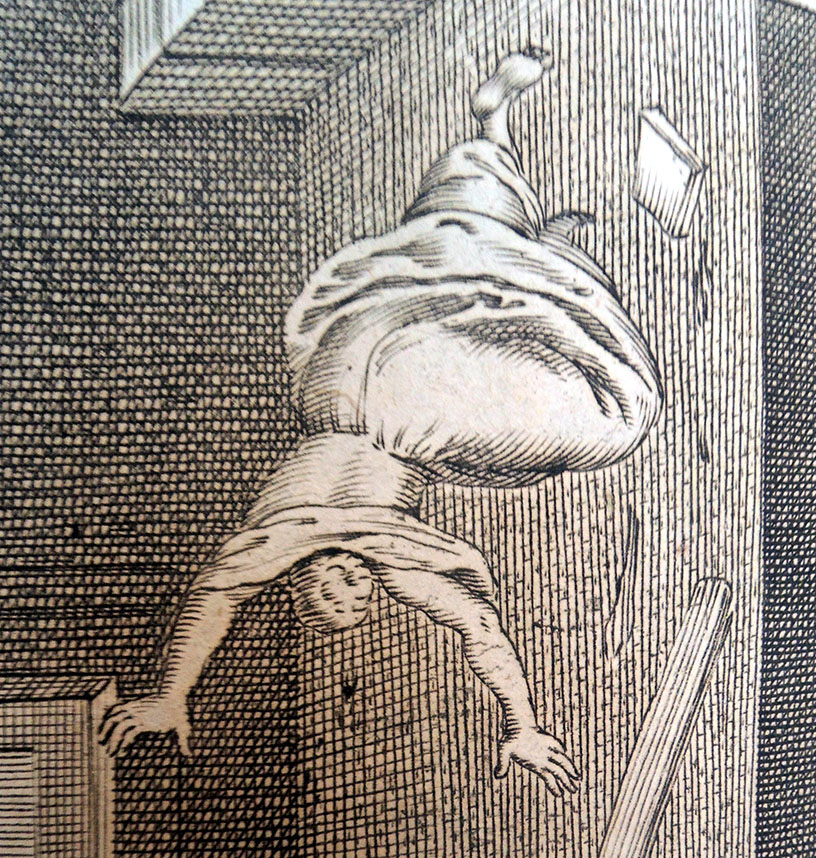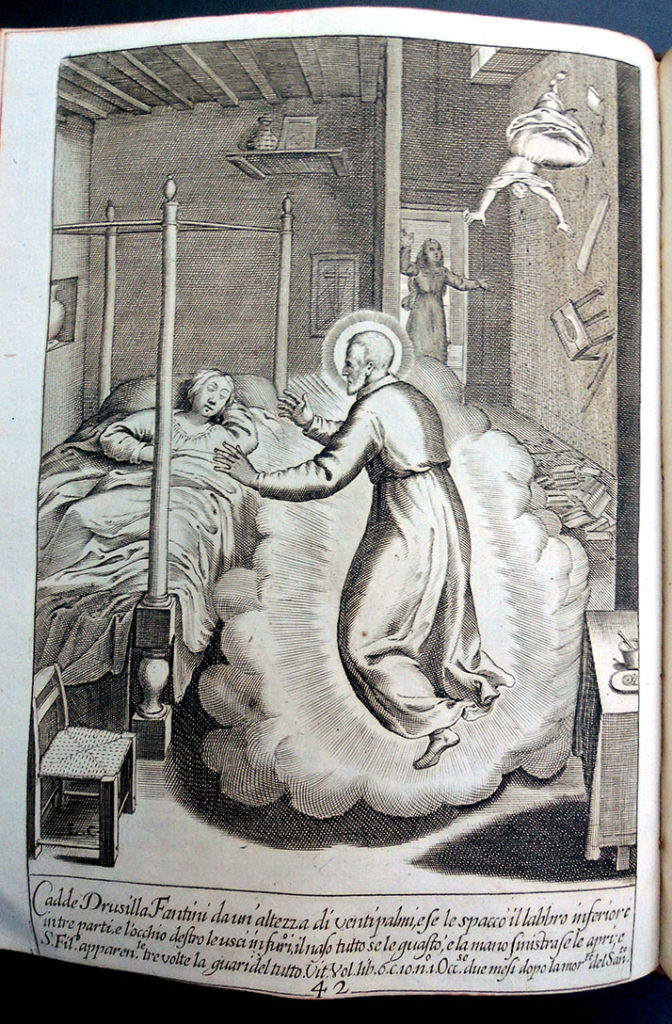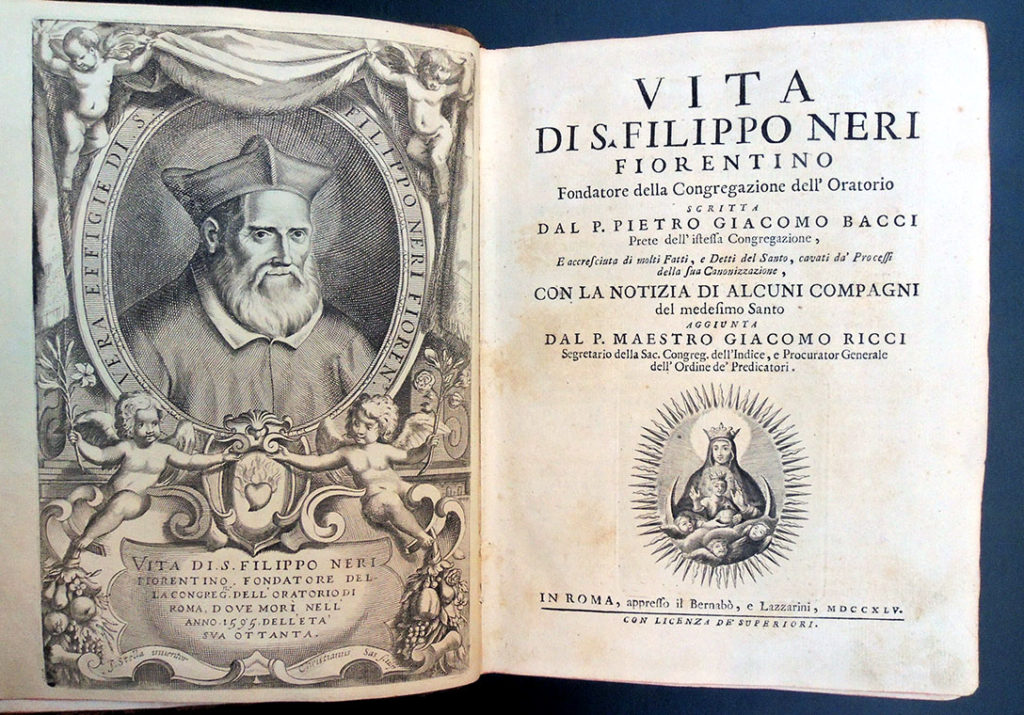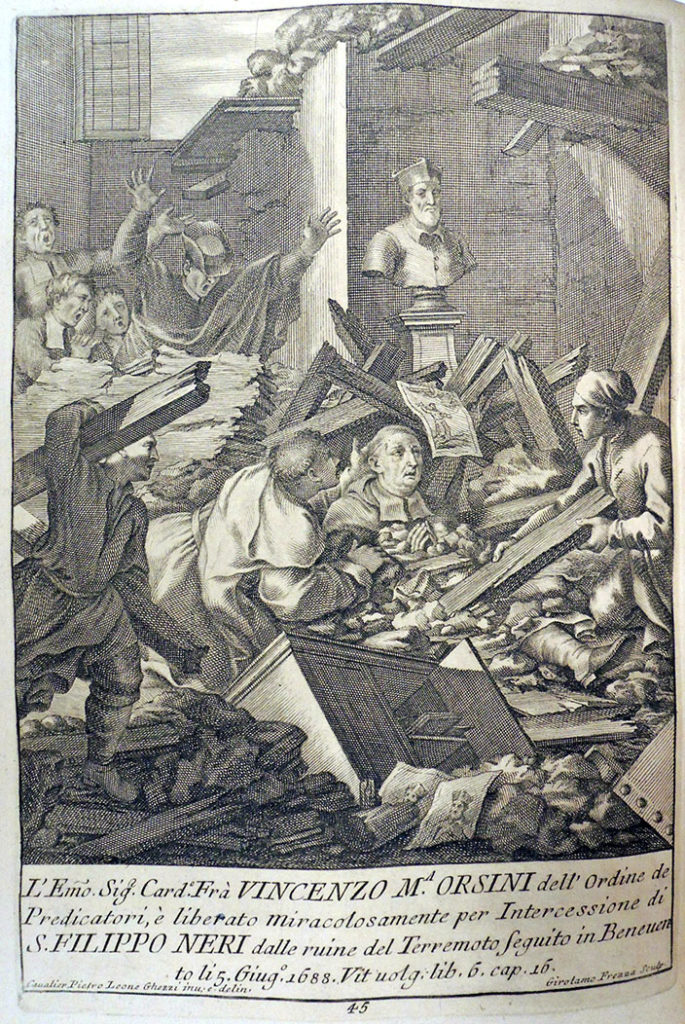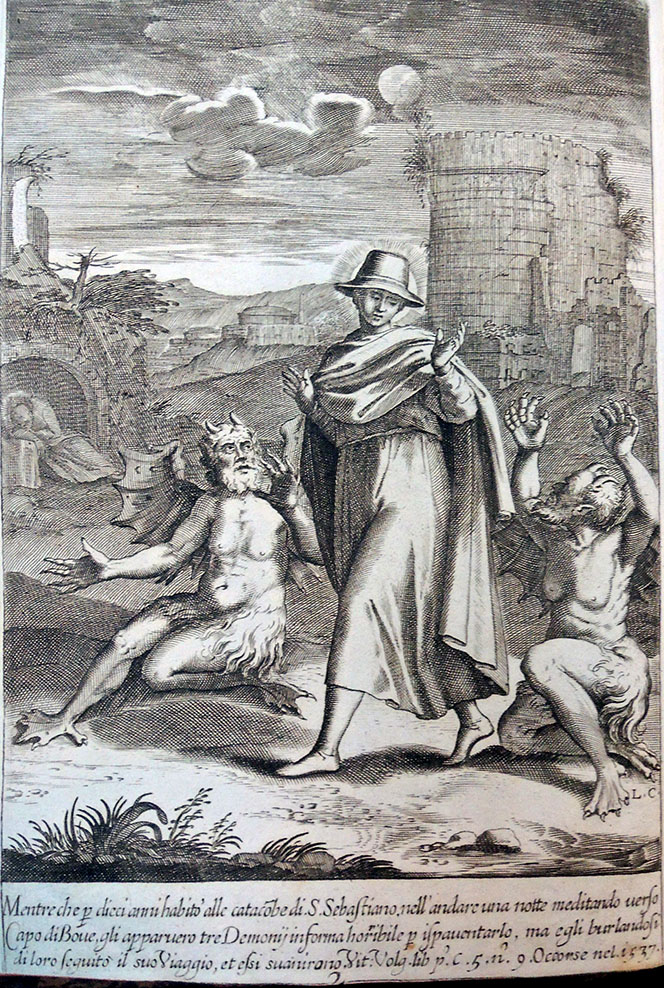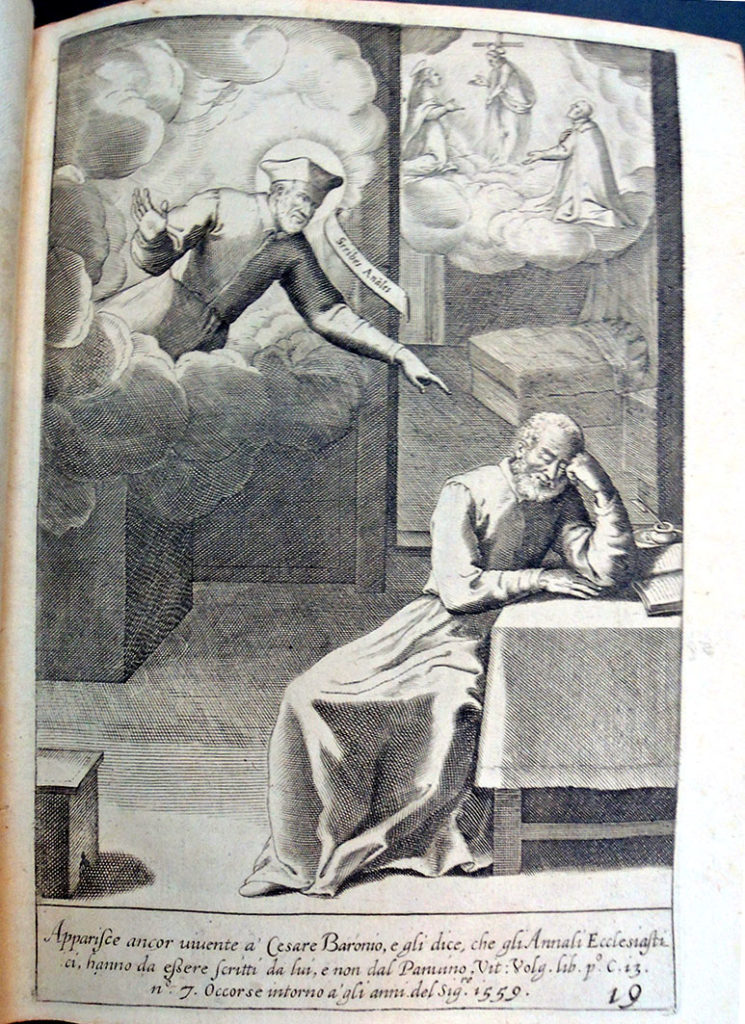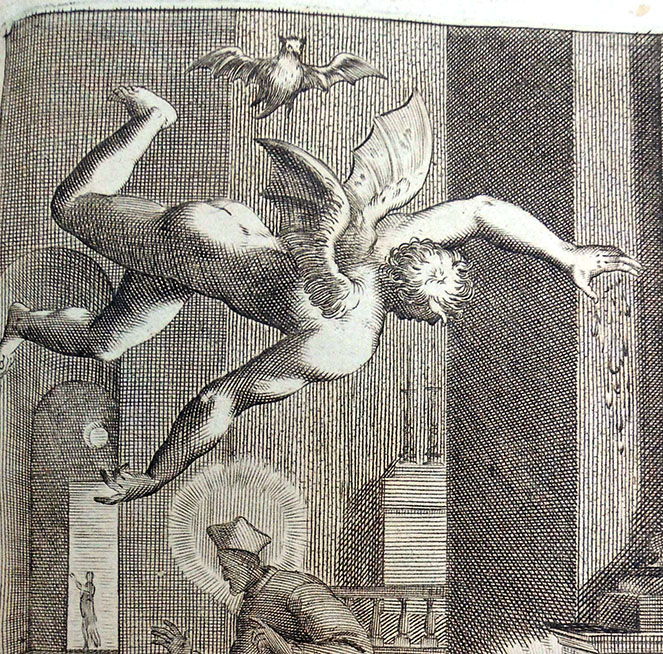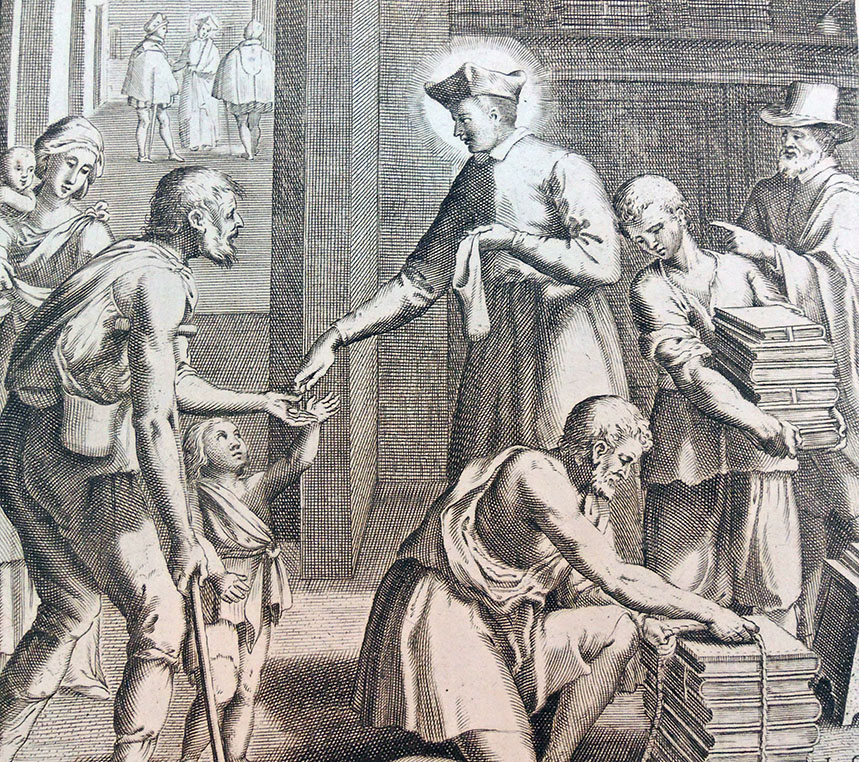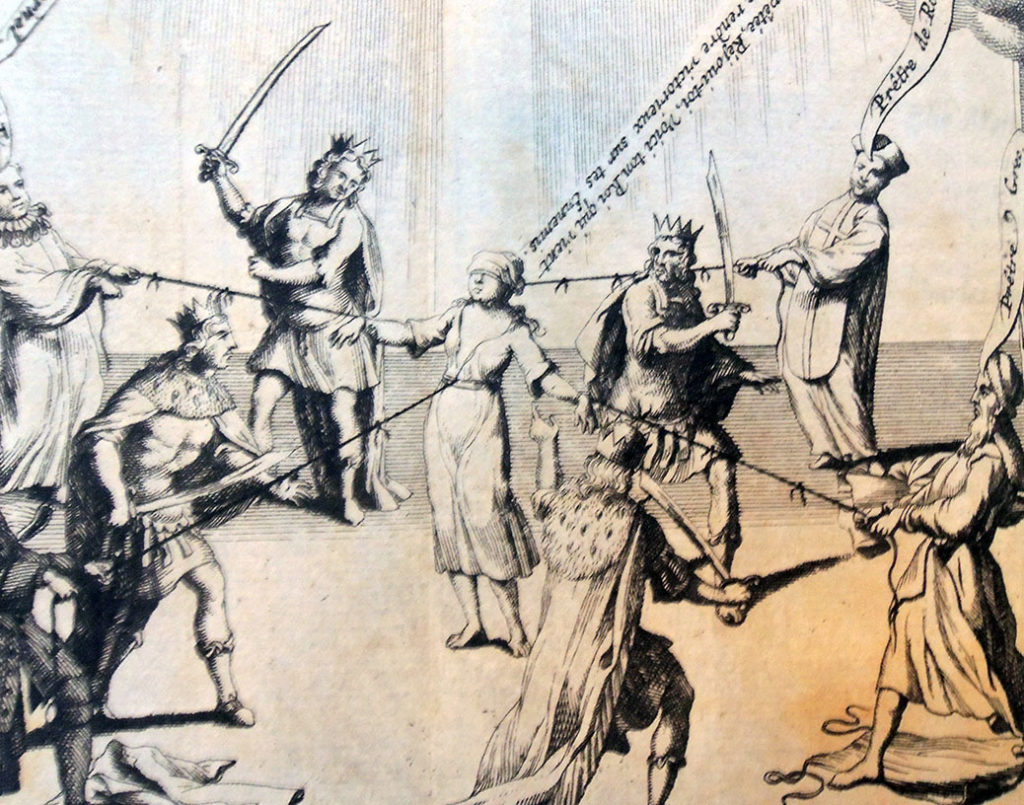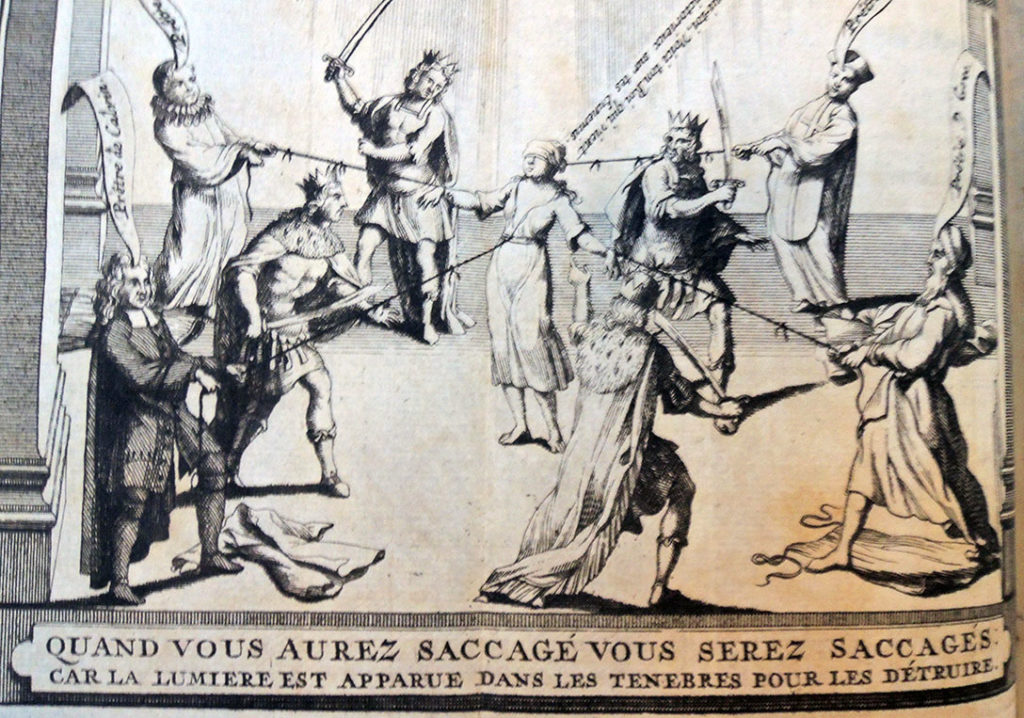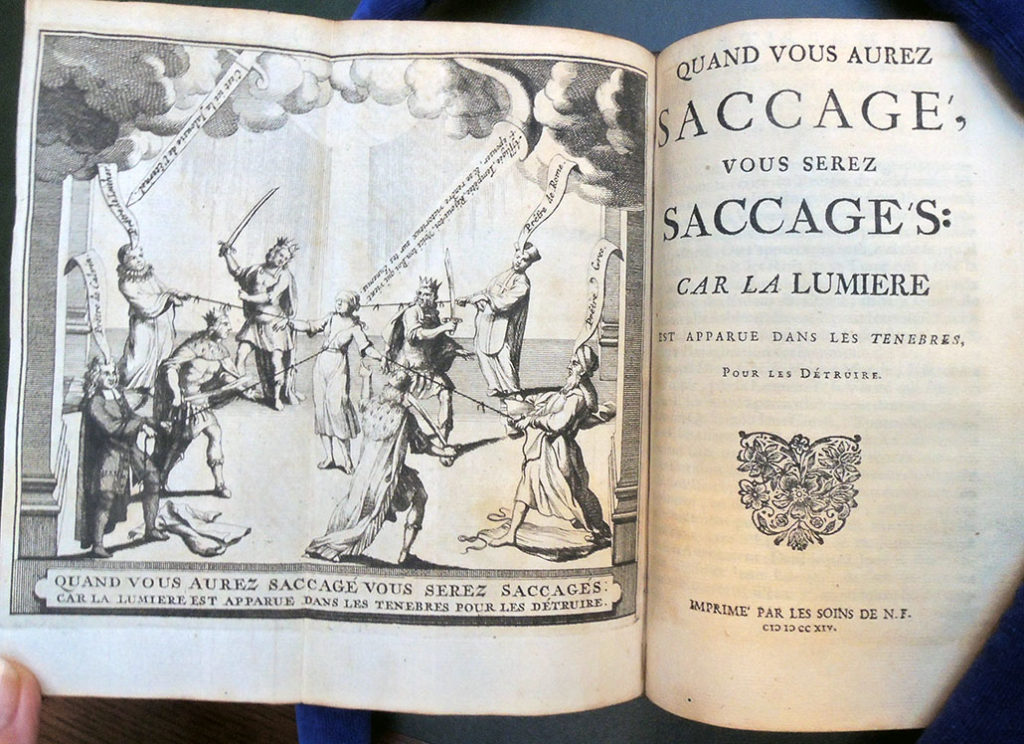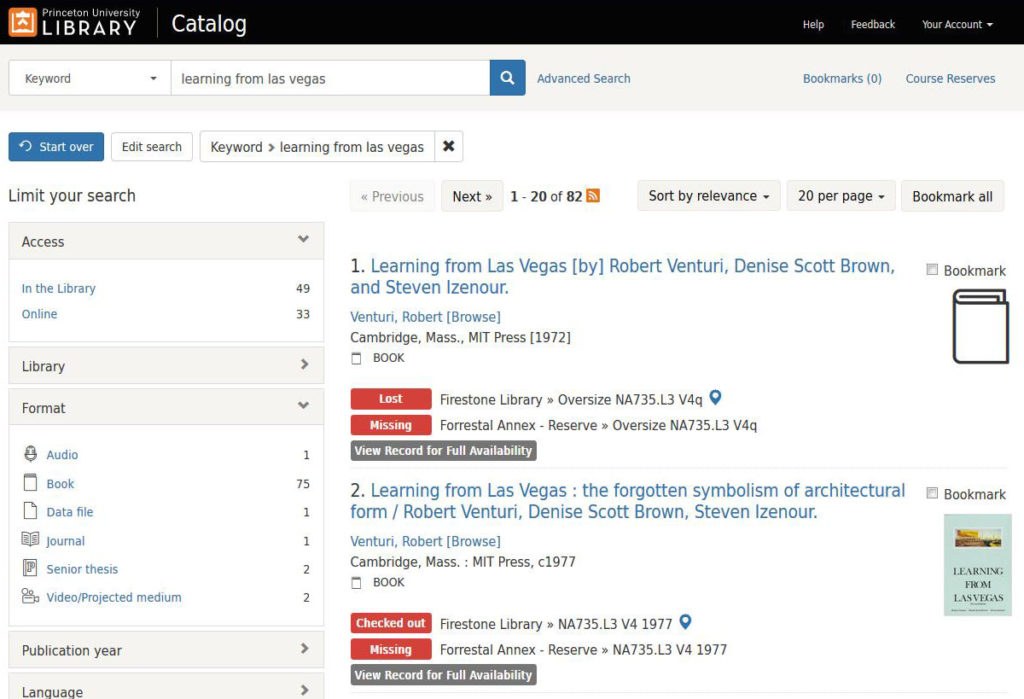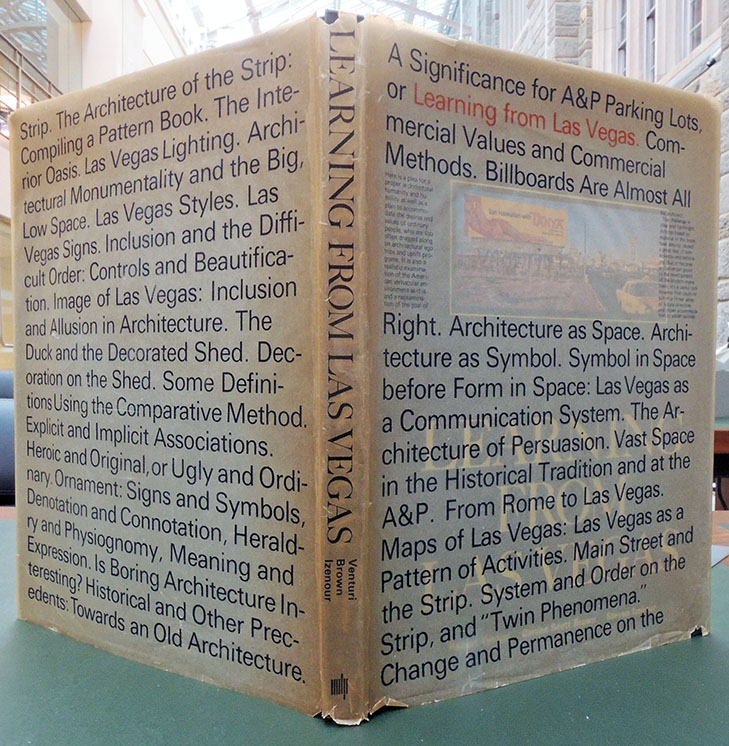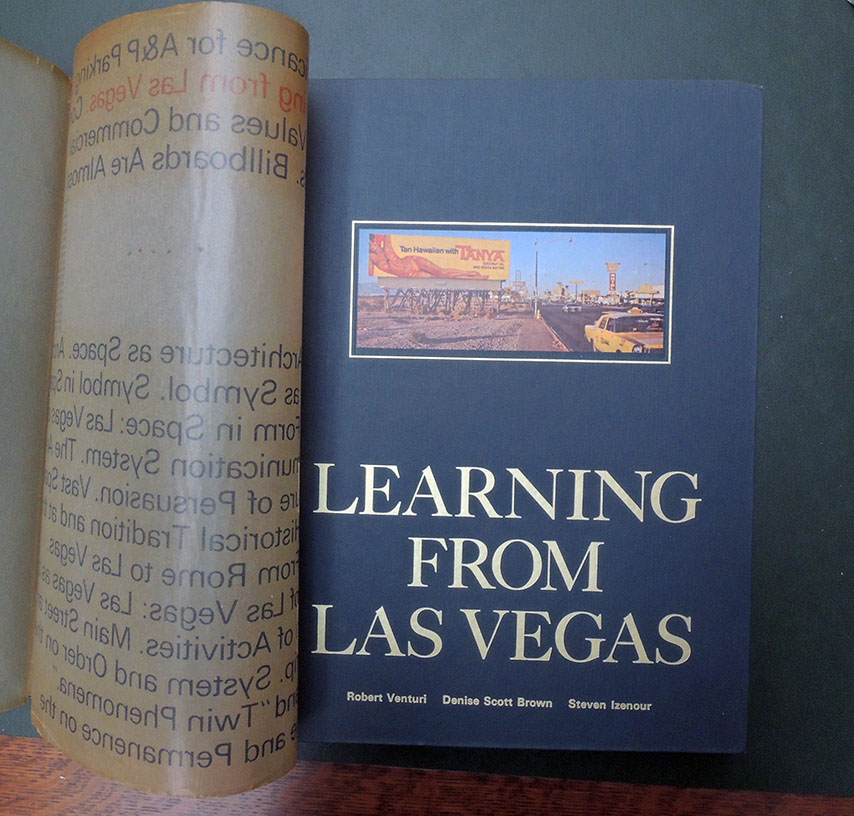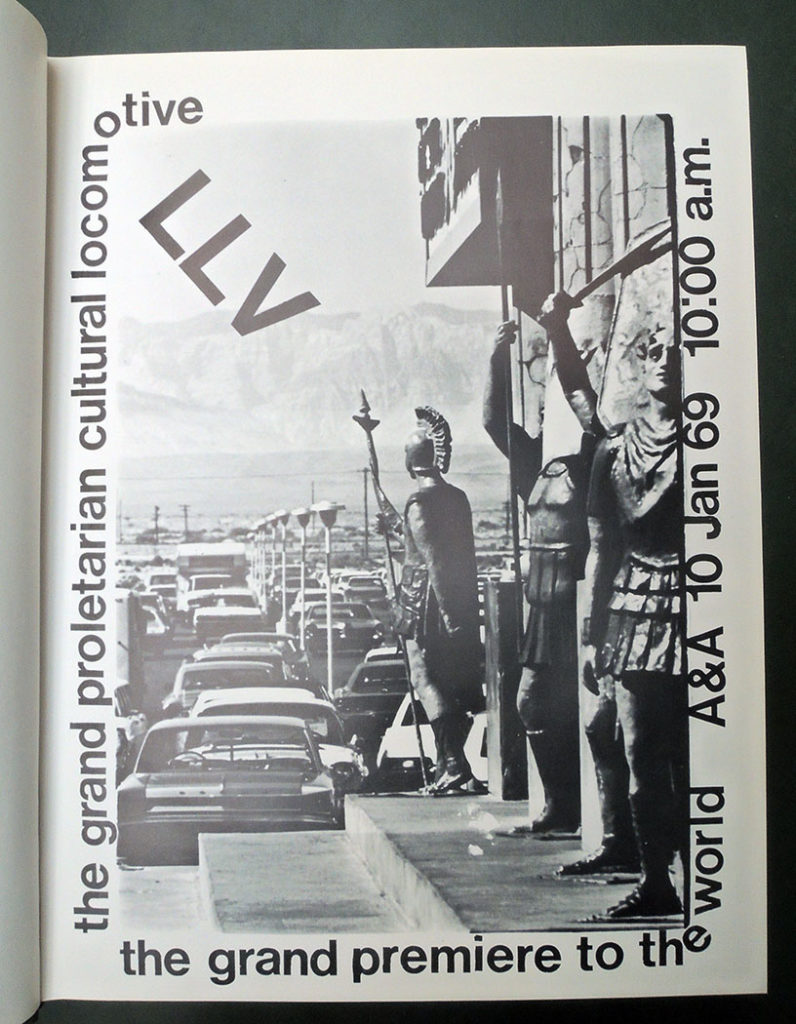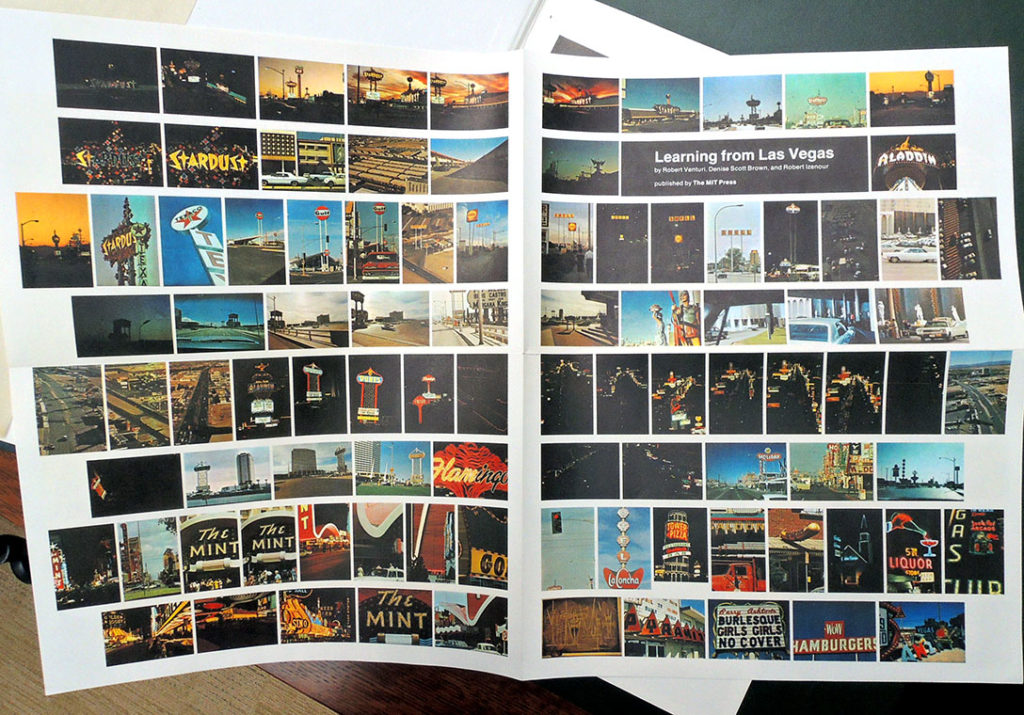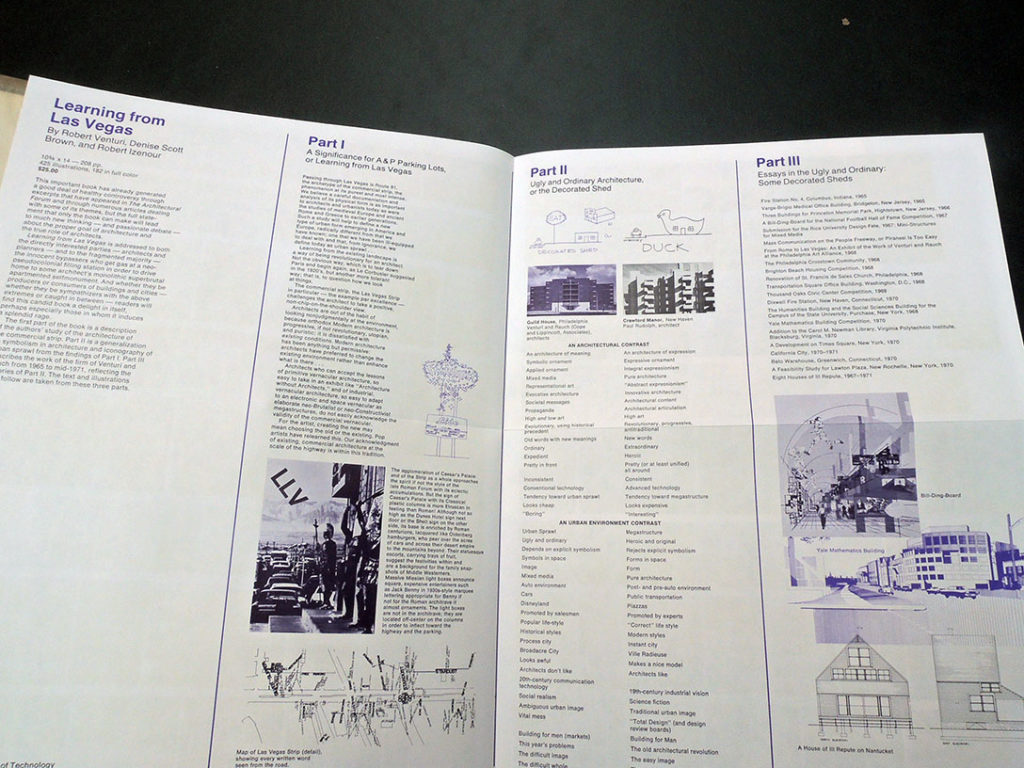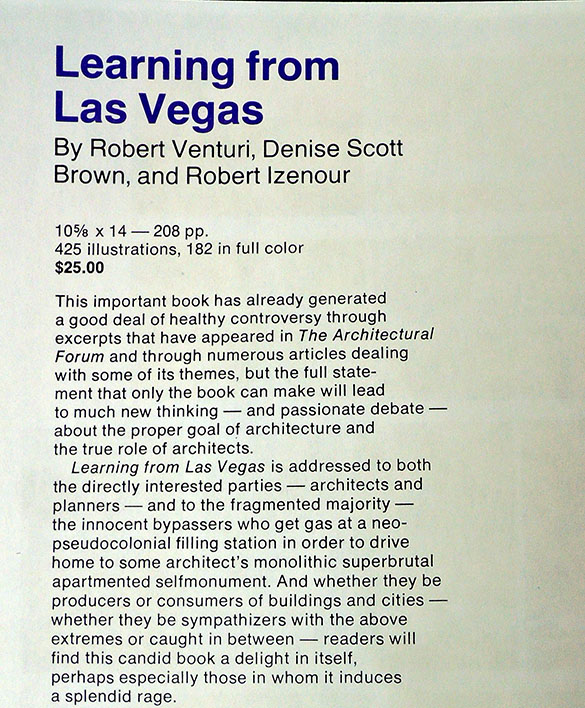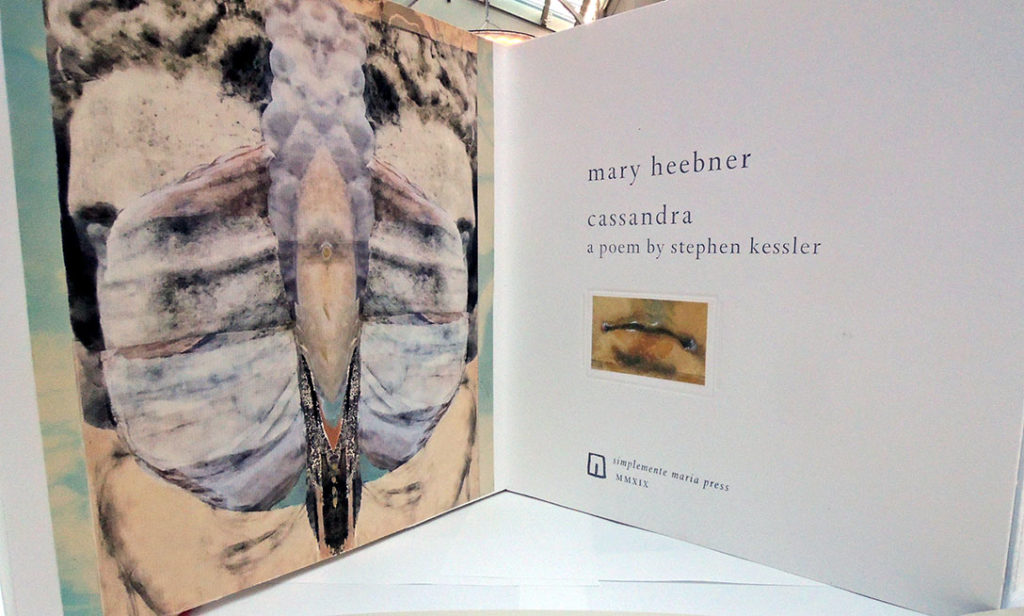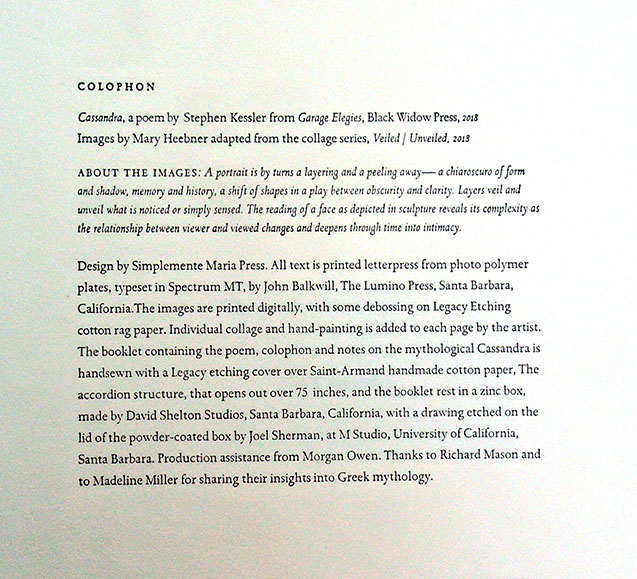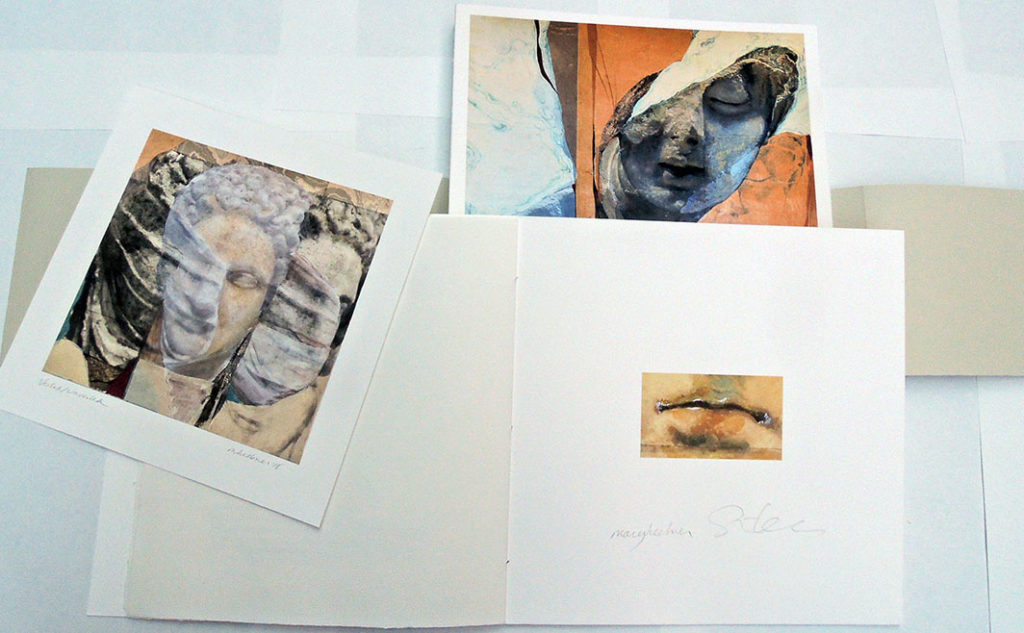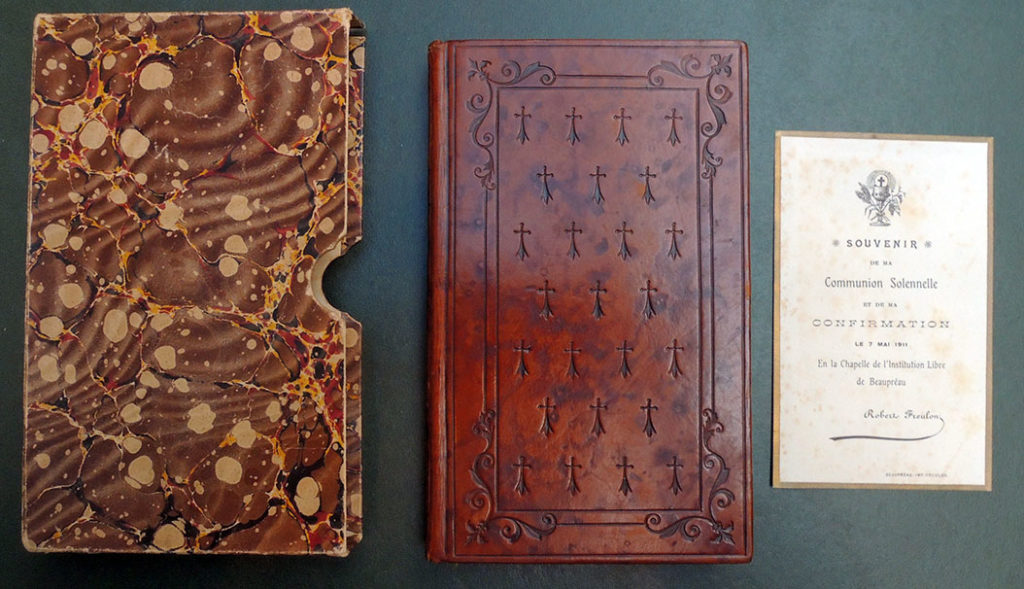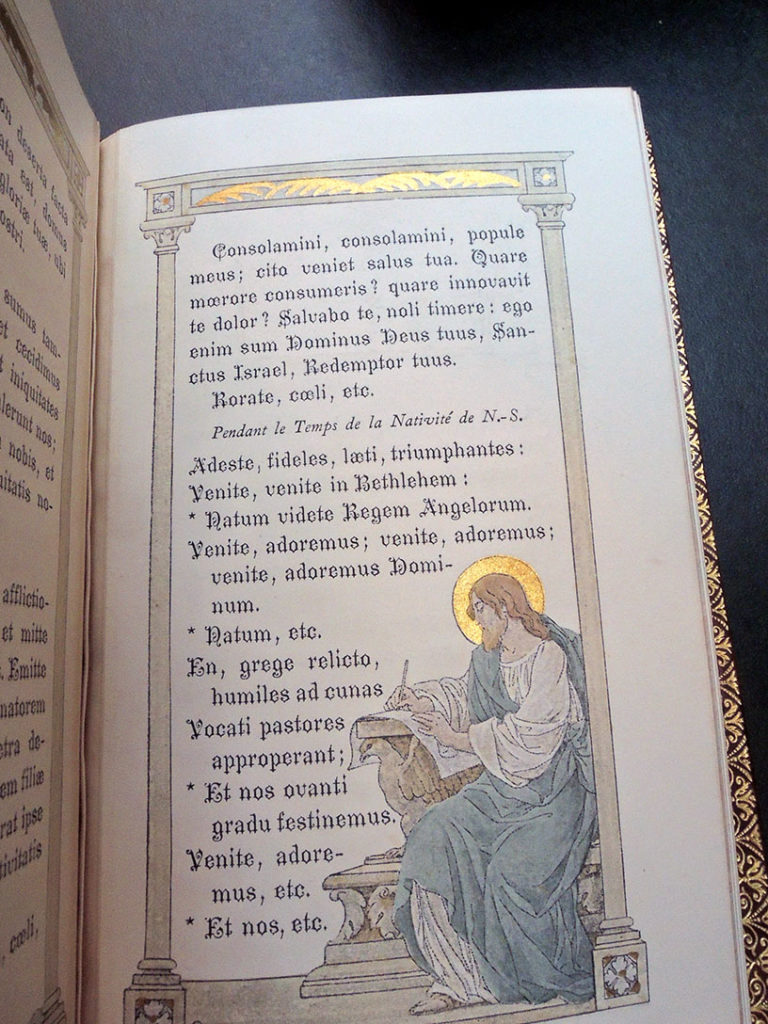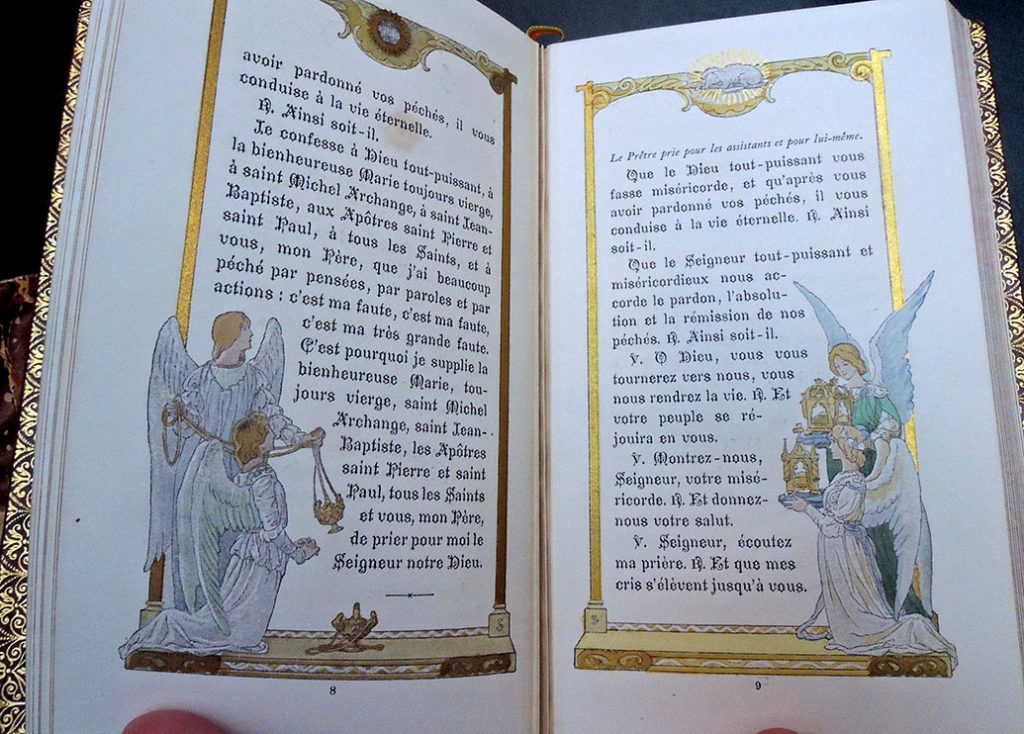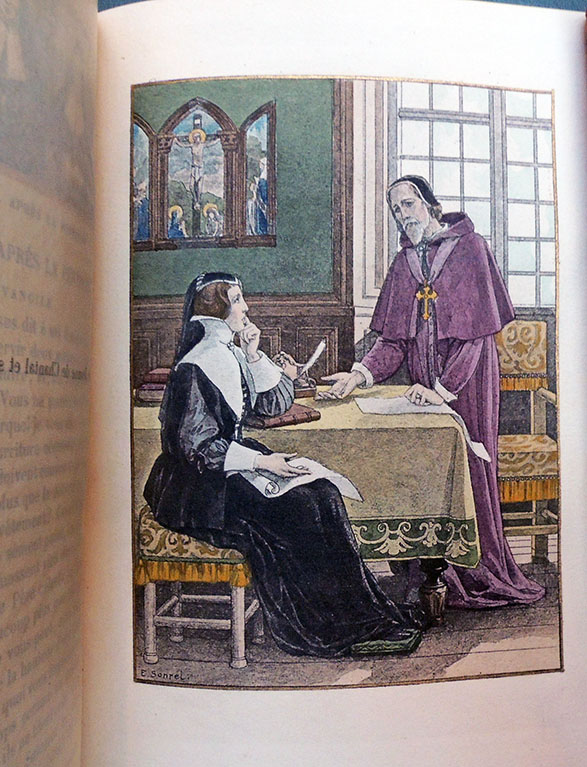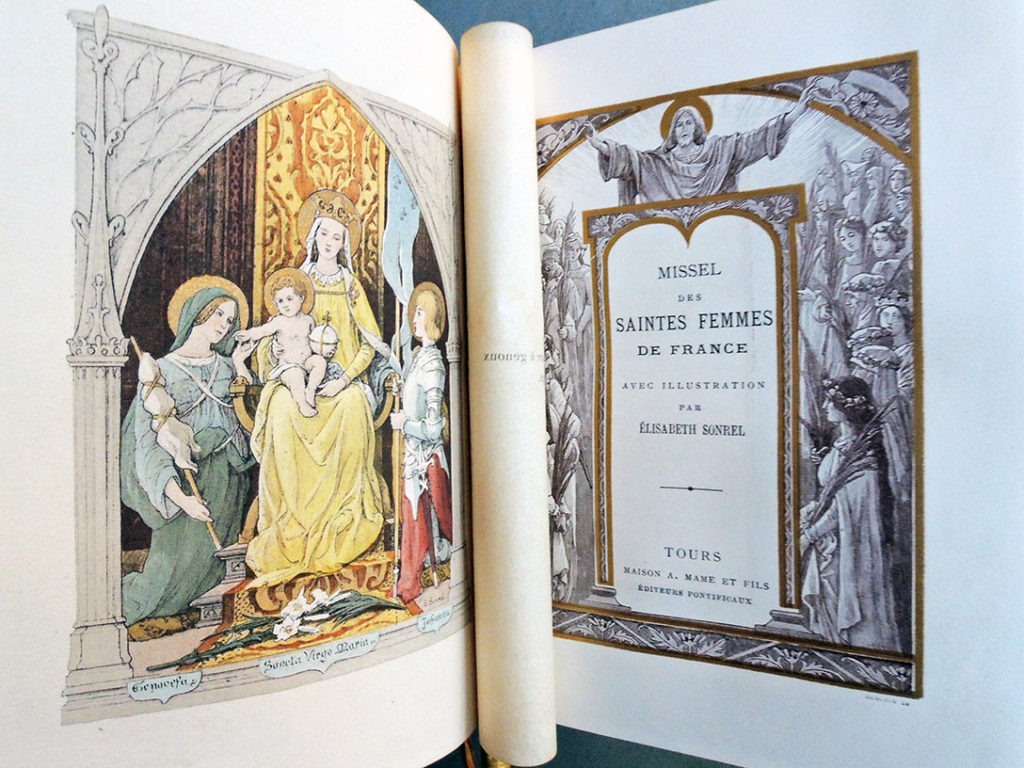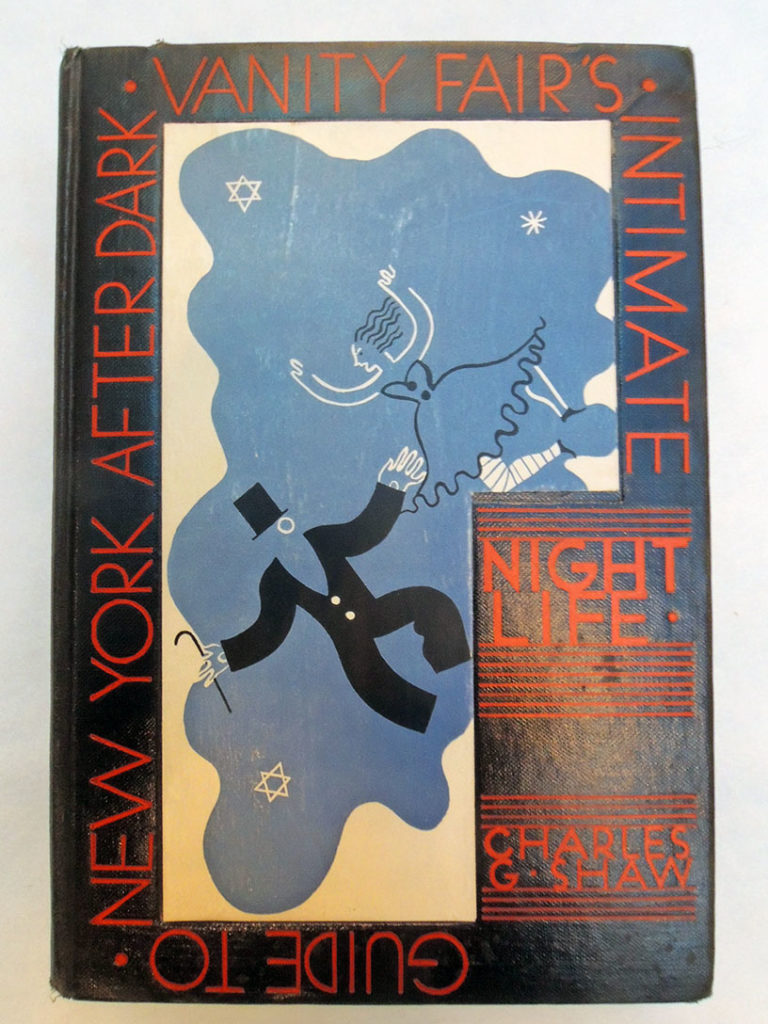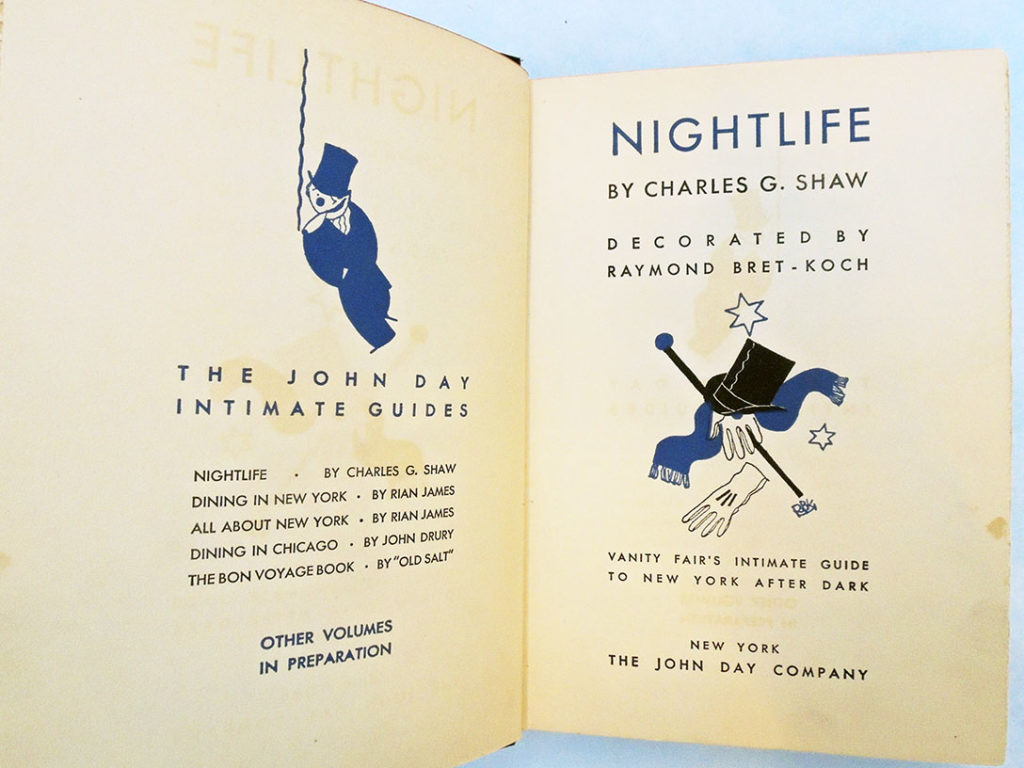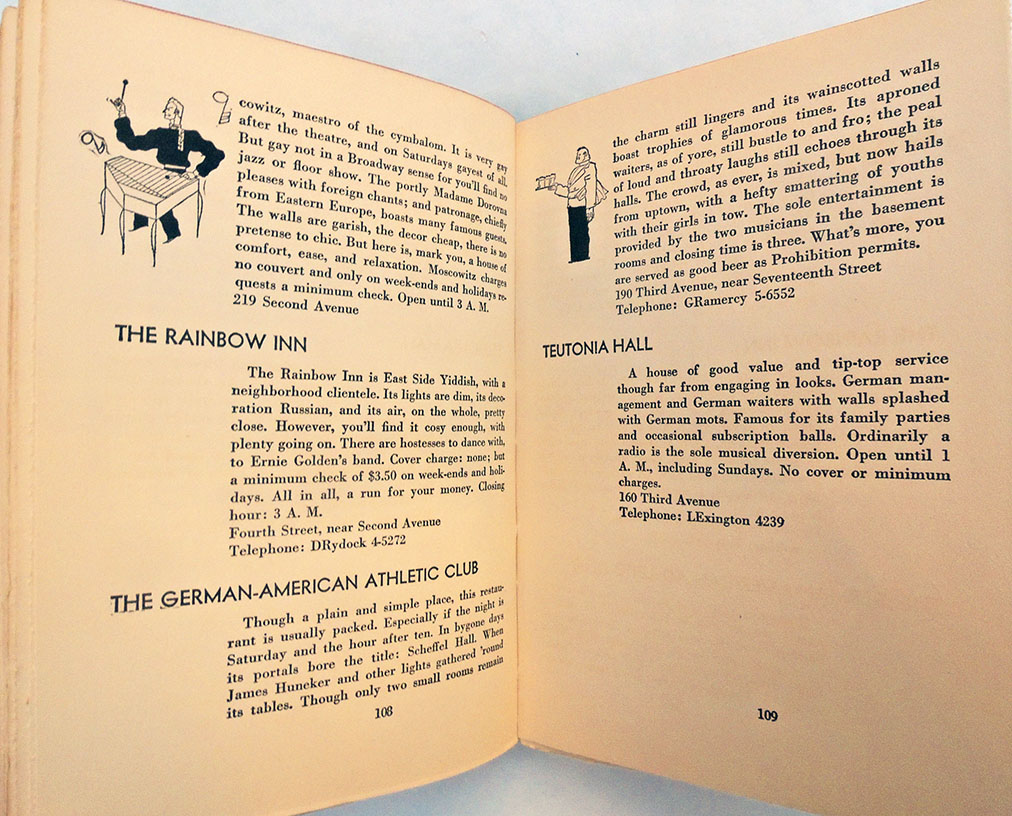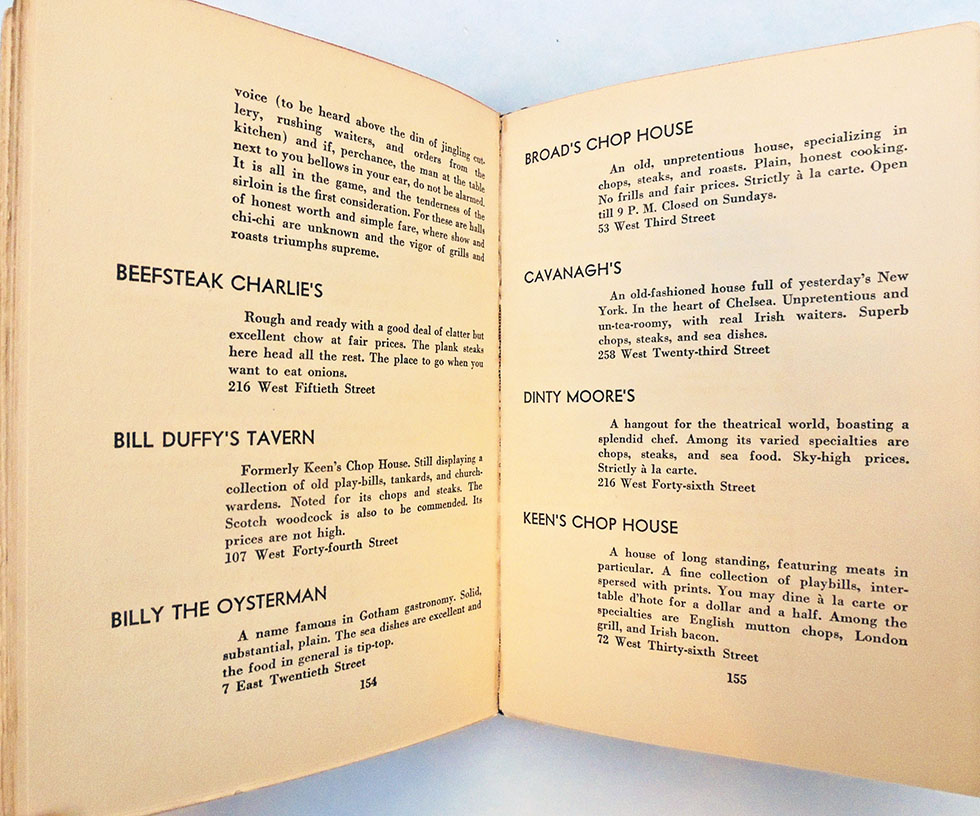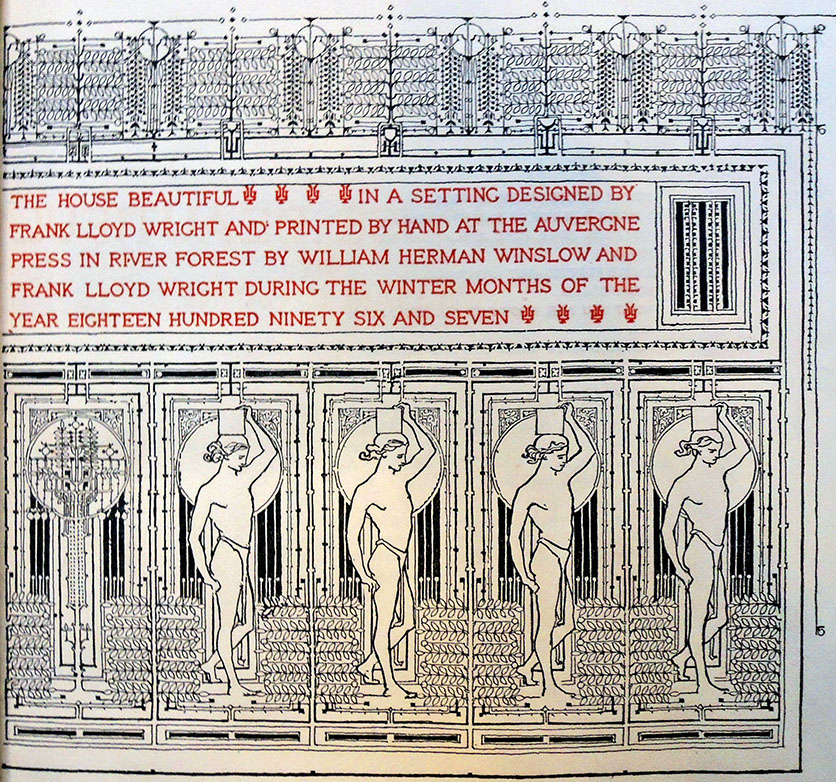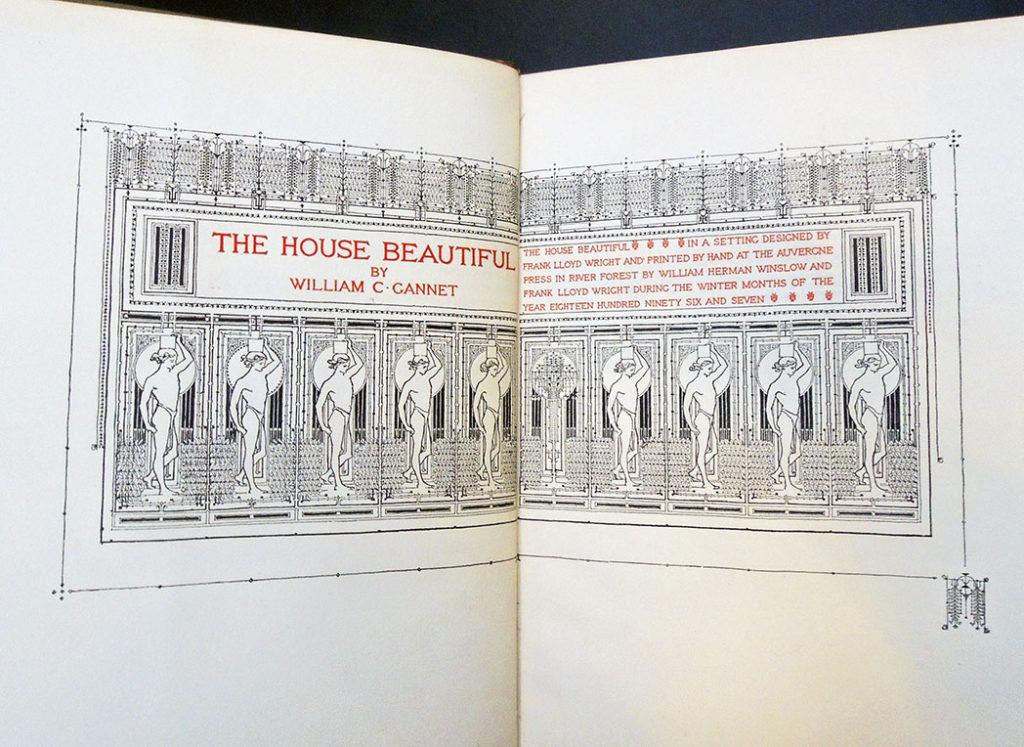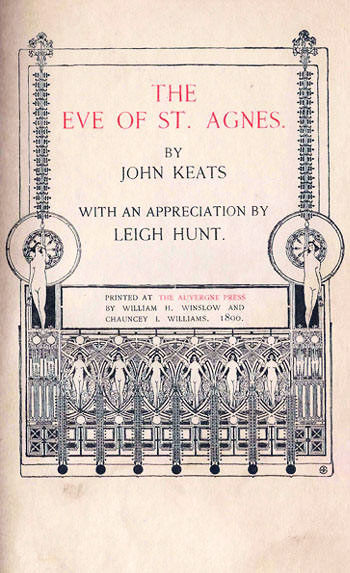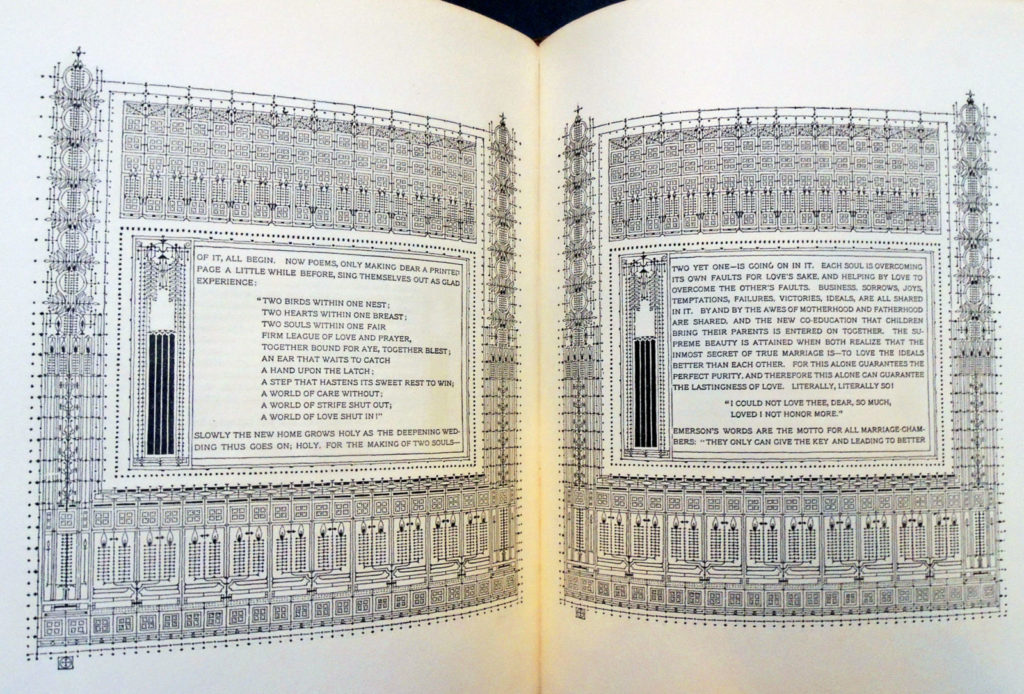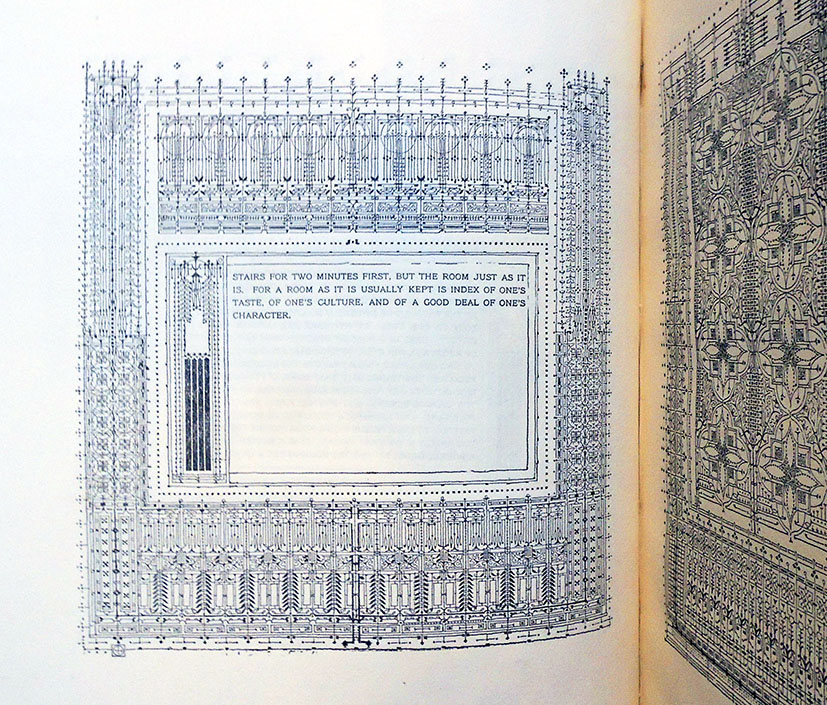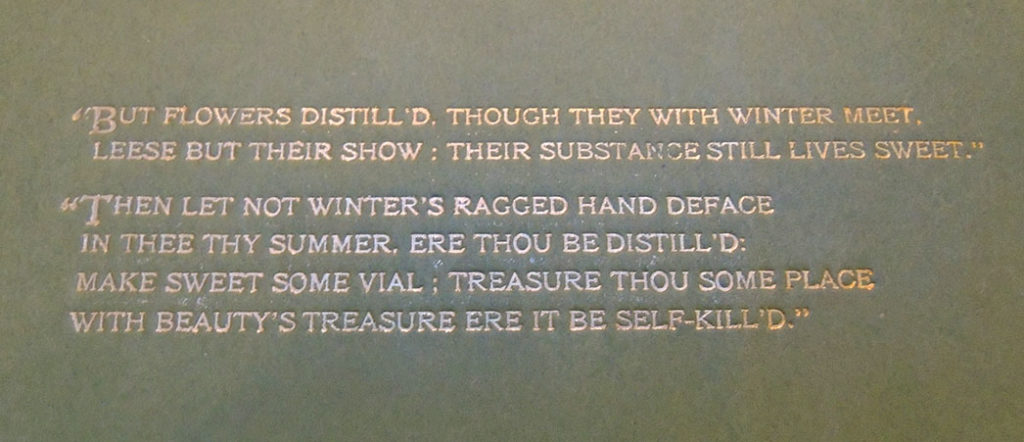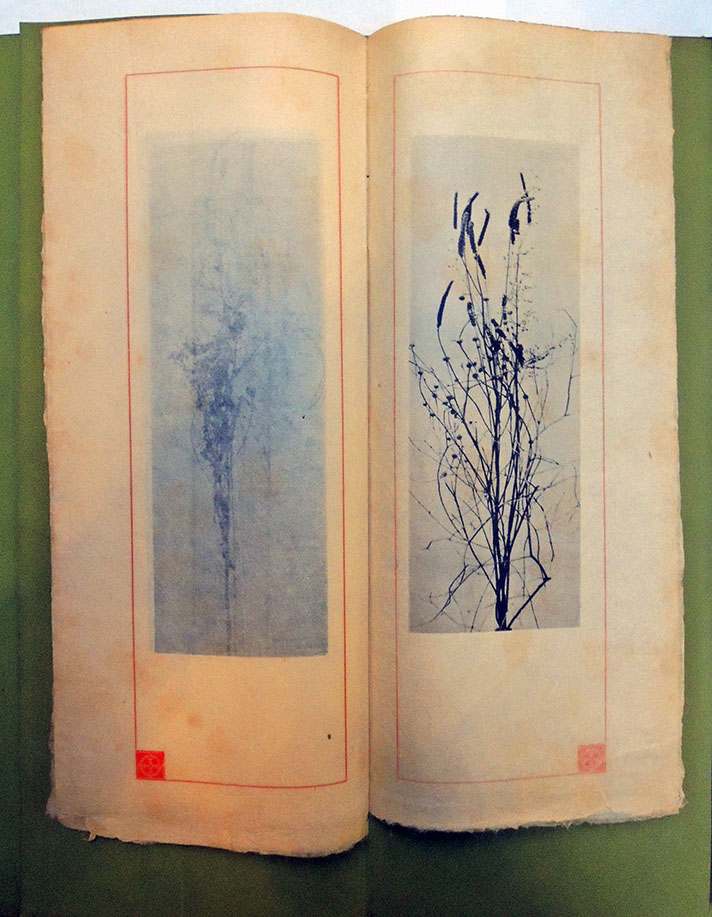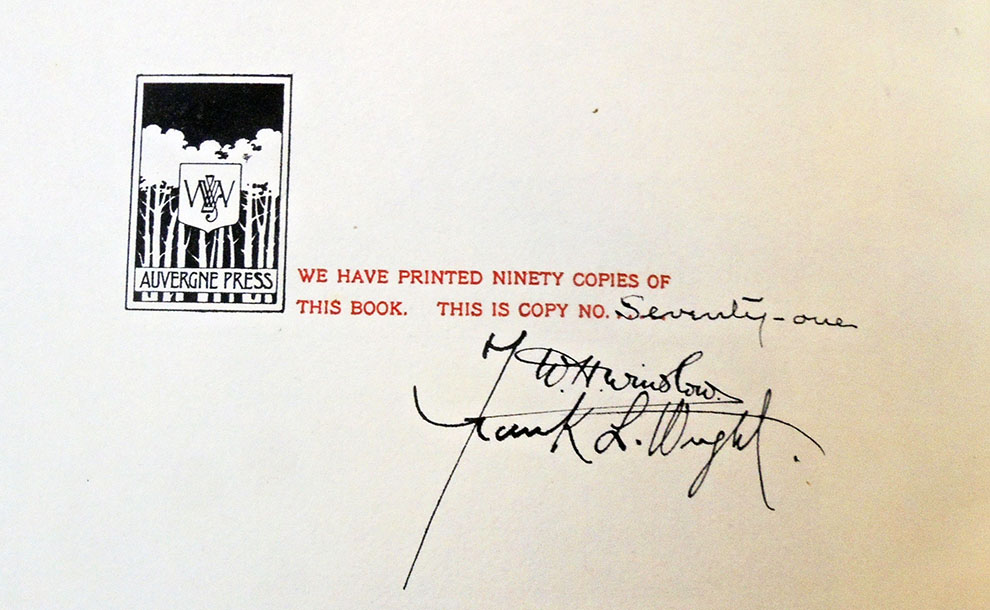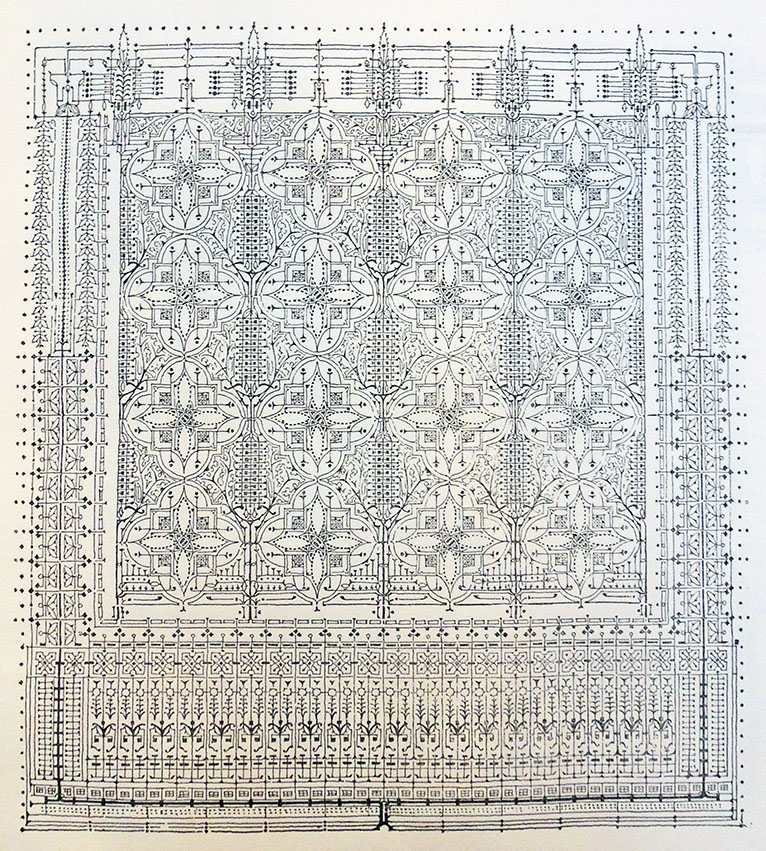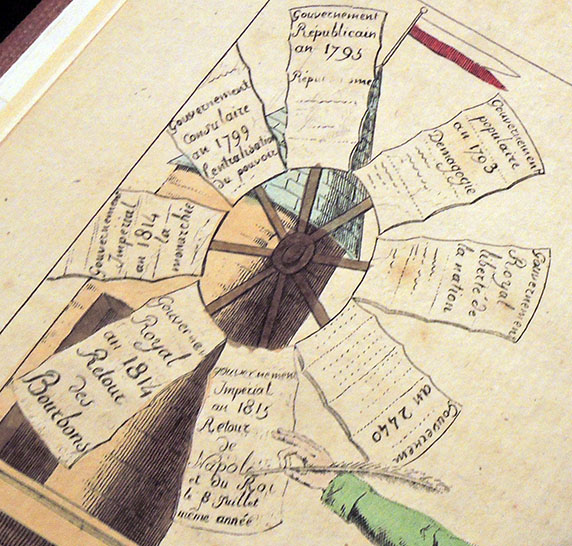 Edgar Faure (1908-1988) wrote “Ce n’est pas la girouette qui tourne, c’est le vent” = “It’s not the weathervane that turns, it’s the wind”
Edgar Faure (1908-1988) wrote “Ce n’est pas la girouette qui tourne, c’est le vent” = “It’s not the weathervane that turns, it’s the wind”
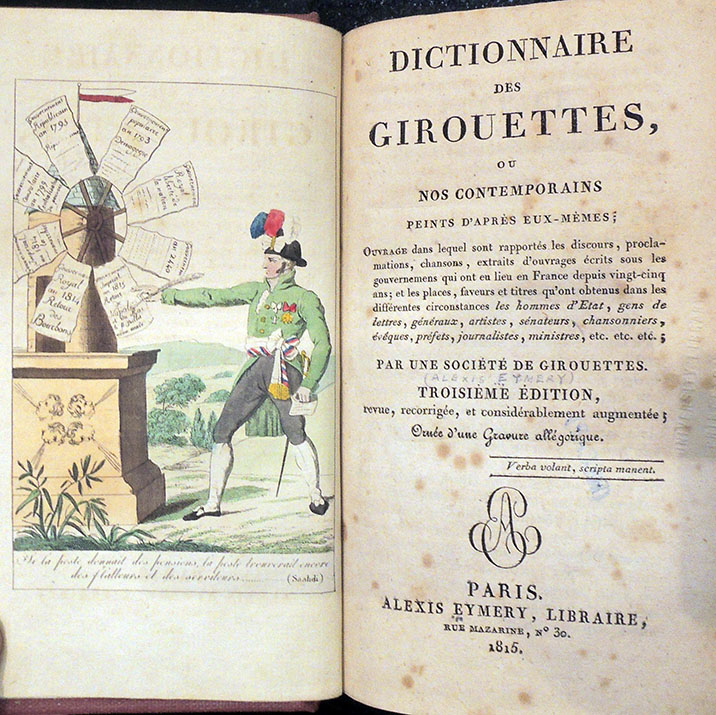
The comment might fit this nineteenth-century satirical dictionary, published by the bookseller Alexis Eymery under the anonymous “Society of Weathervanes.” Contributors are said to include the singer and poet Pierre-Joseph Charrin, the printer Joseph Tastu, the writer René Perin, and the Count César Proisy of Eppe. The book has been described as “stigmatizing the flip-flops and successive loyalties of personalities under the different regimes of the Revolution to the Hundred Days.” At the front is a wonderful allegorical plate, in which a colorful gentleman signs any and all proclamations, from the constitutional monarchy to the second return of King Louis XVIII. Note the blade with a declaration from the government of the year 2440, waiting to be signed.
“Only a few weeks after the publication of the Dictionary, an essay is published under the title of Censeur des girouettes, ou les honnêtes gens vengés. The author tries to justify the opportunism of this period by the higher interest of the fatherland and thinks to see in the Dictionnaire des girouettes a threat against the civil peace and the necessary reconciliation between all the French people:
“Si ces auteurs, étrangers au bonheur de leur patrie, n’ont pas réfléchi aux dangers de leur compilation dans un moment de tout ce qui existe en France a besoin de tout oublier ; s’ils n’ont point calculé que la haine de tel individu n’attend souvent qu’un léger signal pour se venger d’une injure personnelle ; ces auteurs dis-je d’imprudens Français que seule l’ineptie de leur ouvrage peut seule excuser. » Cette contre-attaque se révèle totalement inefficace ; au contraire, des livres inspirés du dictionnaire des girouettes sont édités, tel le Dictionnaire des immobiles, par un homme qui jusqu’à présent n’a rien juré et n’ose jurer de rien, par Adrien Beuchot. https://www.dicopathe.com/livre/dictionnaires-des-girouettes/
A. Carrière-Doisin, Le censeur du Dictionnaire des girouettes, ou, Les honnêtes gens vengés (Paris: Chez Germain Mathiot, 1815). Recap DC145 .E964 1815
Alexis Eymery (1774-1854), Dictionnaire des girouettes, ou Nos contemporains peints d’après euxmêmes; ouvrage dans lequel sont rapportés les discours, proclamations, chansons, extraits d’ouvrages écrits sous les gouvernemens qui ont eu lieu en France depuis vingt-cinq ans; et les places, …. par un Société de girouettes. 3. éd., rev., cor., et considérablement augm.; ornée d’une gravure allégorique (Paris: A. Eymery [etc.] 1815). Recap DC145 .E964 1815

